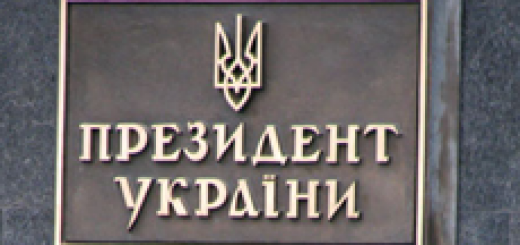 As of March 18, 2020, more than 860 million children and young people (about half of the world's students) are not attending school or university due to the COVID-19 pandemic. This was reported by the press center of the United Nations Educational, Scientific and Cultural Organization (UNESCO).
As of March 18, 2020, more than 860 million children and young people (about half of the world's students) are not attending school or university due to the COVID-19 pandemic. This was reported by the press center of the United Nations Educational, Scientific and Cultural Organization (UNESCO).
107 countries implemented nationwide school closures, and another 12 countries implemented school closures at the local level. Thus, the number of students who cannot attend educational institutions has doubled, and this figure is expected to continue to grow.
The scale and speed of school and university closures is an unprecedented challenge for the education sector. Countries around the world are looking to fill the vacuum with distance learning solutions, but the uncertain duration of school closures is complicating their efforts.
These solutions range from high-tech alternatives such as real-time video lessons to less technological options such as radio and television educational programs.
As an immediate response to the mass school closures, UNESCO established a task force on COVID-19 to provide advisory and technical assistance to governments engaged in providing distance education to students. The organization also holds regular virtual meetings with education ministers from around the world to share experiences and assess priority needs.
UNESCO has also launched a Global Coalition on Education and COVID-19, bringing together multilateral partners and the private sector, to support countries in implementing distance learning systems to minimize disruptions in the education process and support social contact with students.
The organization will also regularly organize webinars and virtual meetings so that country representatives can exchange information on the effectiveness of approaches used in different contexts.





